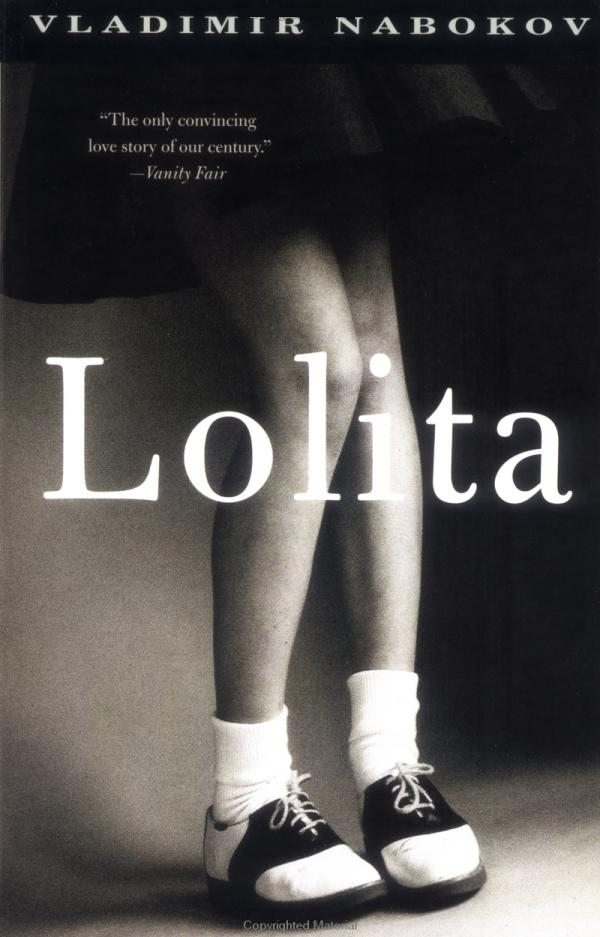
So in class today, we were discussing the fashion on Lolita. The whole time we were discussing it, I kept on wondering why it was popular. Especially when I found out there was a book called Lolita that talked about a man that basically molested a little girl for years. The fashion basically sparked from the book, at least thats what I believe. To me this fashion never lost its meaning. Lolita is a little girl complex, and the fashion responds to that. The way the girls dress like little girls and relly try their best to look like dolls, is confirming to the whole idea of lolita (in the book sense). Even though they go with the attention of being trend setters (Kawamura), they must know the whole idea behind lolita. Its so blantely out there, I mean how could you not. Thats what I dont get with the whole Lolita thing. If they know the idea behind lolita, then why do they practice it? It also goes the same if they don't know the history of it.
Aside from the whole idea of lolita, I find it really cool that a lot of Japanese fashion is produced from the streets. Instead of the whole trickledown theory, I like the bubble up one much better. I think its because the common people get to set the standard, and the upper class are envious of that. It's basically the opposite where the poor people finally get the upper hand from the higher ups. In Kawamura's article about the Japanses teens, he states that "street fashion doesn’t come from the world-famous Japanese designers, but from extremely influential high school girls who are obsessed with fashion and dictate fashion themselves; they are “agents of fashion”." To me it would make more sense that teenagers would be the trendsetters because they are the consumers and they know what they want to wear. The teenage years is the most complicated because they are still trying to find their identity. Teens can relate to one another way better, than a middle aged designer trying to relate to a teen. It just makes sense this way.
He goes on to say that "an investigation of teens’ role as producers of fashion in Shibuya and Harajuku, leading to forming new business model and a system independent of
 mainstream fashion system, with certain marketing strategies." And this reminded me of two things, one is Gwen Stefani's Harajuku girls, and the other was that teens come to Harajuku with the intent of becoming trendsetters. Firstly with Gwen Stefani she basically took 4 girls from Harajuku and used them as a marketing tool. That is one strategy, using a person as a live business model. There's really no better model than a live person. The other, is the process of teens dressing up with the intent of showing off their fashion. In this sense Harajuku is basically a huge runway. Instead of having select people seeing them, everyone in the world can see them. Once their picture is taken, its either put on the web or in a magazine. These teens are basically top models, its just they dont get the inidvidual recognition for it nor do they get paid like one.
mainstream fashion system, with certain marketing strategies." And this reminded me of two things, one is Gwen Stefani's Harajuku girls, and the other was that teens come to Harajuku with the intent of becoming trendsetters. Firstly with Gwen Stefani she basically took 4 girls from Harajuku and used them as a marketing tool. That is one strategy, using a person as a live business model. There's really no better model than a live person. The other, is the process of teens dressing up with the intent of showing off their fashion. In this sense Harajuku is basically a huge runway. Instead of having select people seeing them, everyone in the world can see them. Once their picture is taken, its either put on the web or in a magazine. These teens are basically top models, its just they dont get the inidvidual recognition for it nor do they get paid like one.Jennifer Ma
Blog 4
“Japanese Teens as Producers of Street Fashion” – Yuniya Kawamura
Lecture, May 21 2009
No comments:
Post a Comment